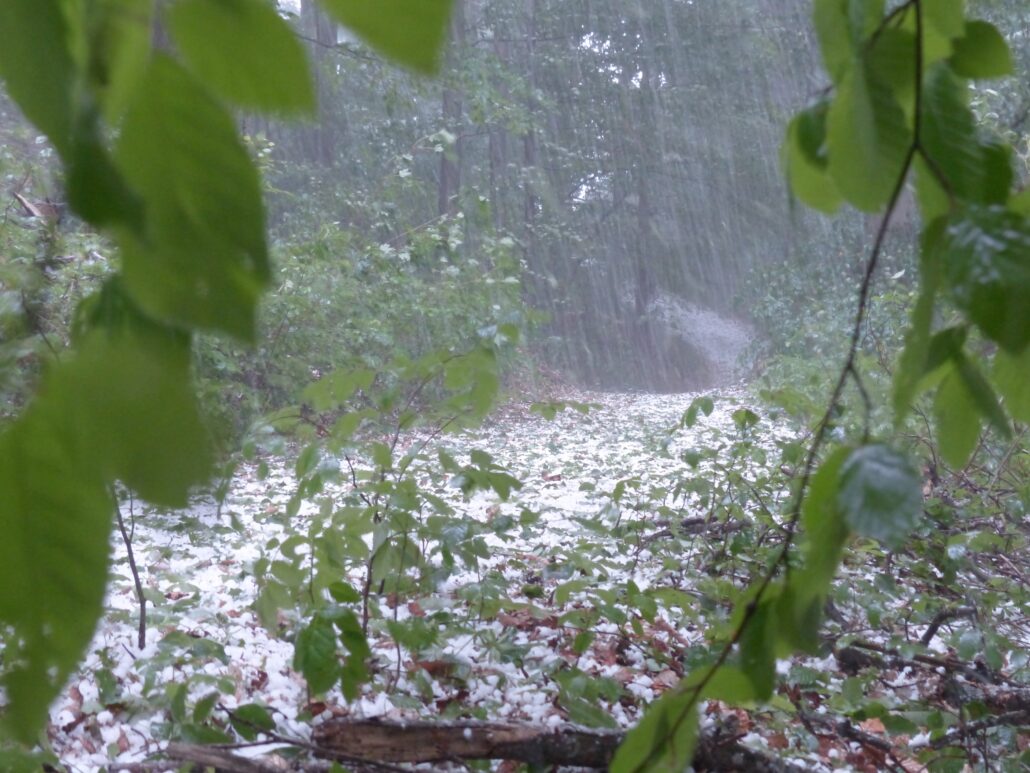 https://greenmarked.it/wp-content/uploads/2024/03/nareeta-martin-FoG7PKNYjpM-unsplash-scaled.jpg
1707
2560
Barbara Centis
https://greenmarked.it/wp-content/uploads/2022/01/LOGO-GREENMARKED-SITO-600x600.png
Barbara Centis2024-03-21 21:10:062024-03-22 23:07:21Waste Management: State of the Art and Future Emergencies
https://greenmarked.it/wp-content/uploads/2024/03/nareeta-martin-FoG7PKNYjpM-unsplash-scaled.jpg
1707
2560
Barbara Centis
https://greenmarked.it/wp-content/uploads/2022/01/LOGO-GREENMARKED-SITO-600x600.png
Barbara Centis2024-03-21 21:10:062024-03-22 23:07:21Waste Management: State of the Art and Future EmergenciesAugust 22, 2023

We will remember the summer of 2023 for many things, but one of them is surely the extreme hailstorms that hit all of northeastern Italy in July. Hail of this size (the record at Azzano Decimo, in the province of Pordenone, with a diameter of 19 cm) had never been seen, much less had such frequent hailstorms been recorded (four consecutive days with hailstones larger than 10 cm in diameter, in Lombardy, Emilia-Romagna, Veneto, and Friuli-Venezia Giulia). Damage to property and homes was very extensive in all the provinces of northeastern Italy.
Trentino, too, is not exempt from this phenomenon, with 70 percent of the provincial territory affected: many farmers saw a year’s harvest lost in a matter of seconds despite anti-hail nets and a Civil Defense prevention and defense service.

One wonders whether such phenomena should be considered the new normal and, in general, whether climate change will cause new situations that are completely unexpected and inevitable.
Whatever the reason, it is worth understanding the reasons why hail forms. Hail comes with thunderstorms: the triggering mechanism thus needs warm, moist air that rises upward when it is found to be lighter than the surrounding air. When this process occurs intensely or for a long time, the clouds that are generated can become very high (as much as 12,000 meters) and turn into what meteorologists call cumulonimbus. As it rises upward, the air drags along with it water droplets that, at a certain altitude, freeze: that’s when the hailstone is born.
The different size of the hailstones lies in the presence of supersaturated water inside the cloud that remains liquid even at subzero temperatures (this is possible due to the fact that the water is pure and the droplets are very small). In cases like these, the hailstone that is moving upward bumps into the supersaturated droplets causing them to instantly freeze on its surface. In July 2023, the high temperatures recorded throughout northeastern Italy accentuated this phenomenon. These phenomena allow the hailstone to get wet but rise again by re-icing in a cycle that can occur countless times. This is why the operation of cutting a hailstone, would show that the hailstone has growth layers like an onion.
The European Severe Storm Laboratory (ESSL) investigates the most intense weather phenomena and states that hailstorms with hailstones larger than 2 cm in diameter have more than tripled in the past 16 years across Europe. A study by the same laboratory simulated 24 different climate scenarios between now and 2100, and all projections show a substantial increase (from 47 to 139 %) in large hailstorms (hailstones greater than 5 cm in diameter) between now and 2100 [1]. So it is obvious that we will have to get used to phenomena of this magnitude: global warming, which favors the formation of extreme weather phenomena because it increases evaporation of moist air, shows no sign of letting up. The problem is global, but northeastern Italy has already been one of the most hail-prone areas in Europe for years because it naturally, by its very morphology, retains heat and is surrounded by mountains [2].
Italy is within a hail hotspot that is the Mediterranean so we need to find ways to mitigate the deleterious effects that a phenomenon of this magnitude, will inevitably cause.
This article is part of the project “PILLOLE D’ACQUA PIANA: seminari itineranti, blog e podcast per una gestione sostenibile delle risorse idriche in Piana Rotaliana” carried out by ECONTROVERTIA APS and supported by Fondazione Caritro (Prot. no. U445.2023/SG.386 of April 23, 2023).

Related articles:
References:
[1] Taszarek M., Allen J.T., Groenemeijer P.; Edwards R., Brooks H. E., Chmielewski V., Enno S.E., 2020. Severe convective storms across Europe and the United States. Part I: Climatology of lightning, large hail, severe winds and tornadoes. Journal of Climate 33/23: 10239- 10261.
[2] Baldi M., Ciardini V., Dalu J.D., De Filippis T., Maracchi G., Dalu G. 2014- Hail occurrence in Italy: towards a national base and climatology. Atmospheric Research 138: 268-277.




